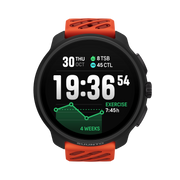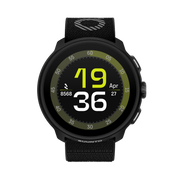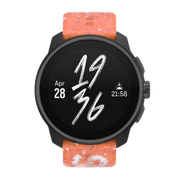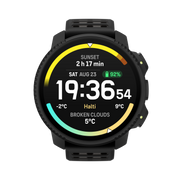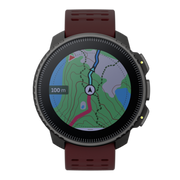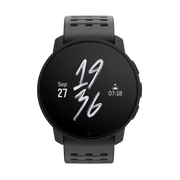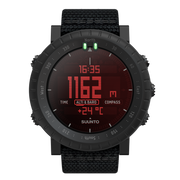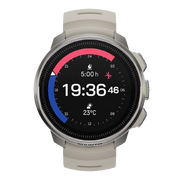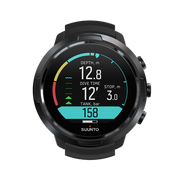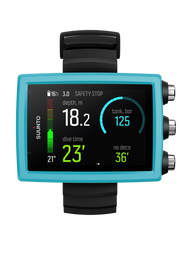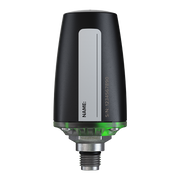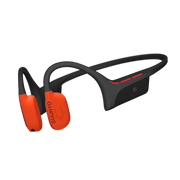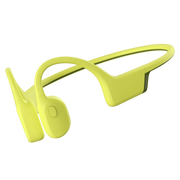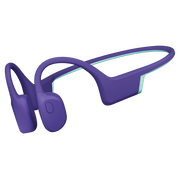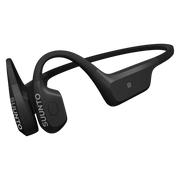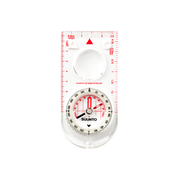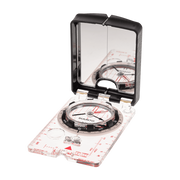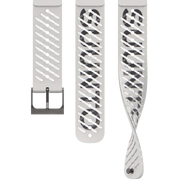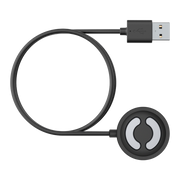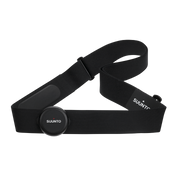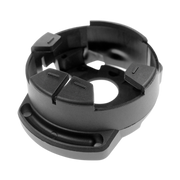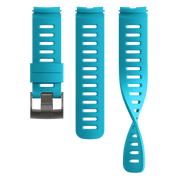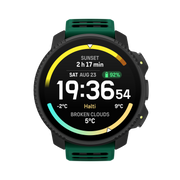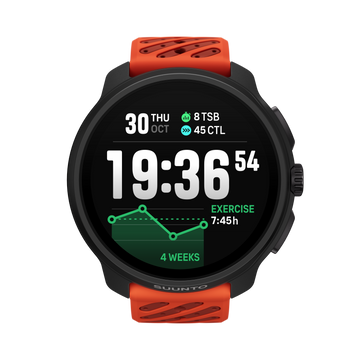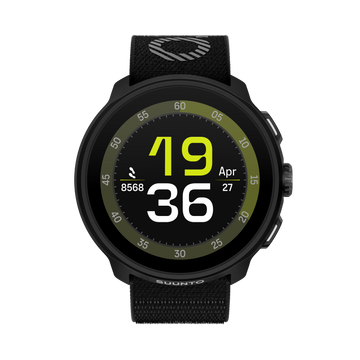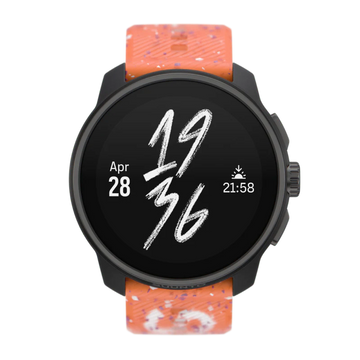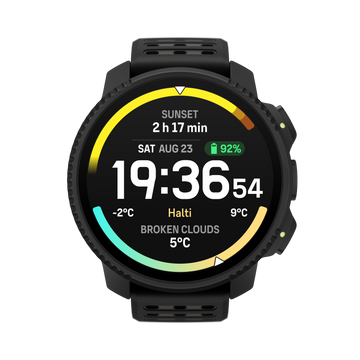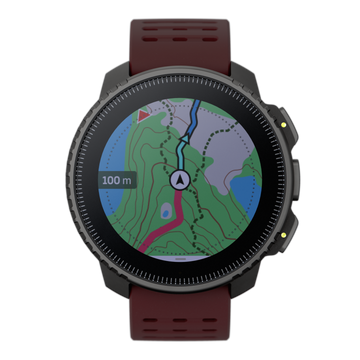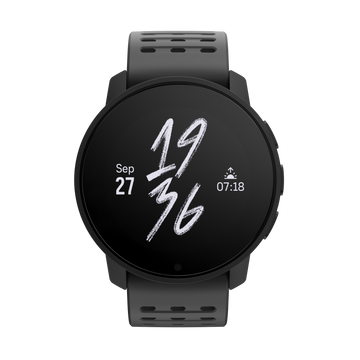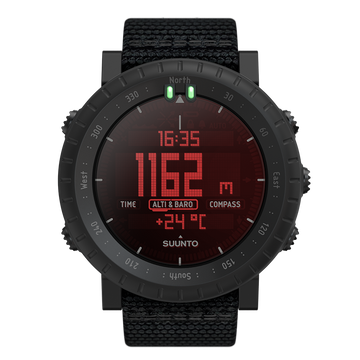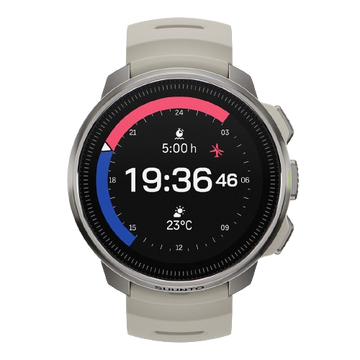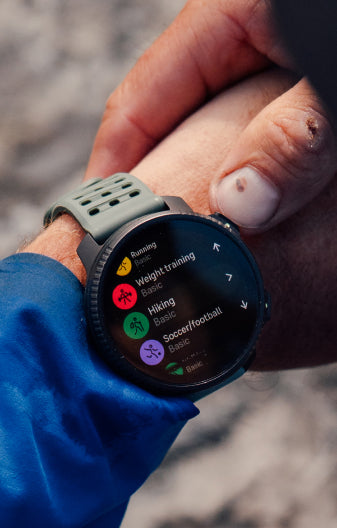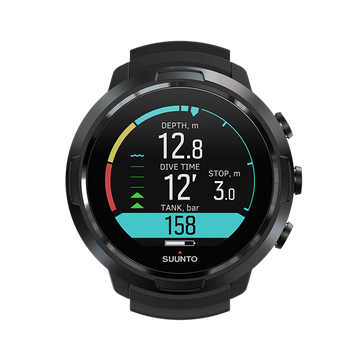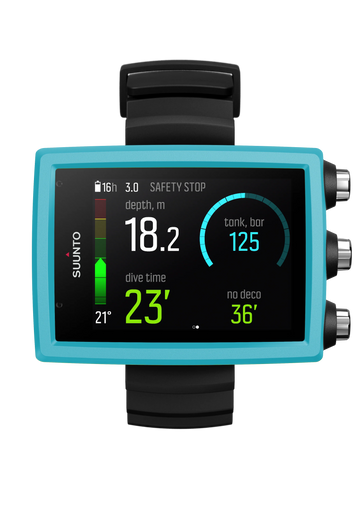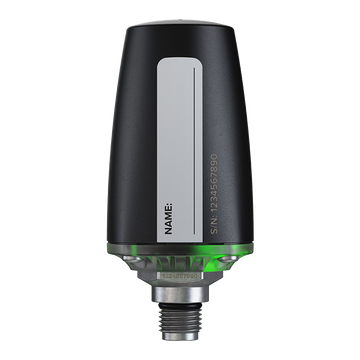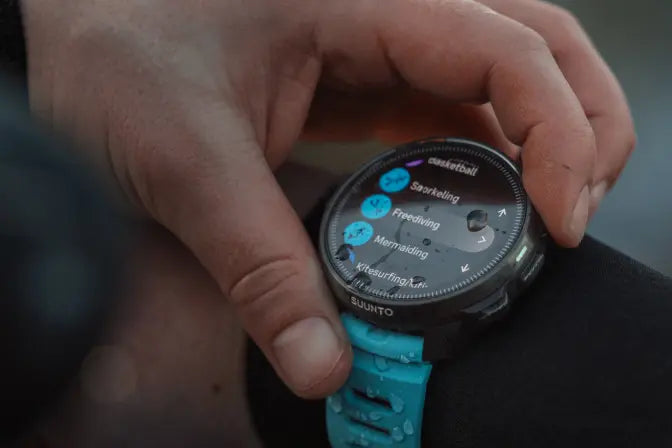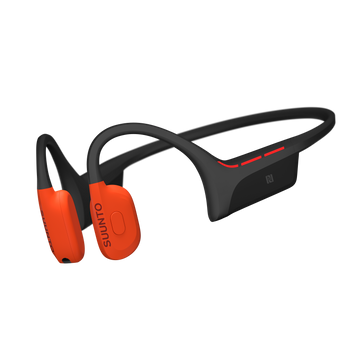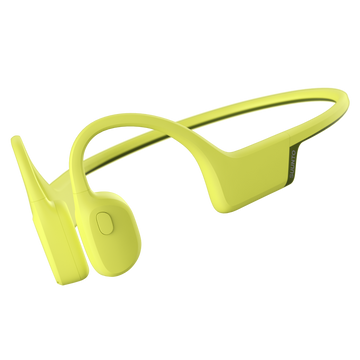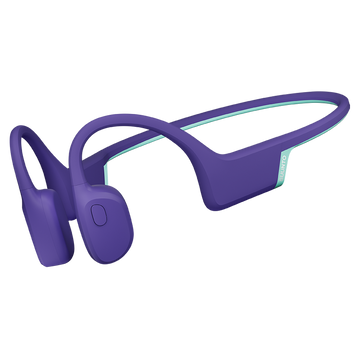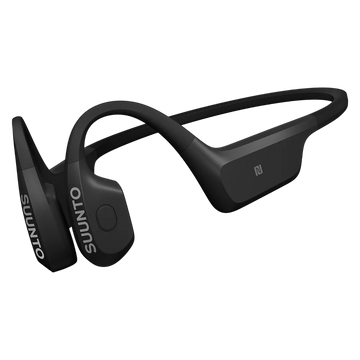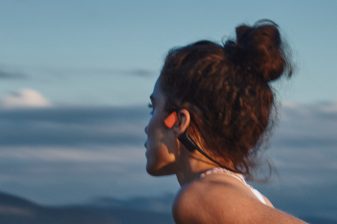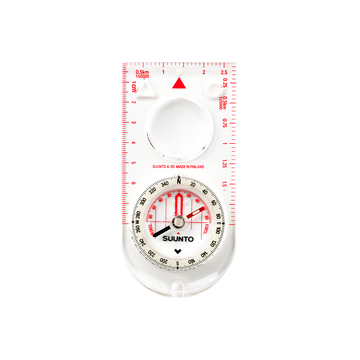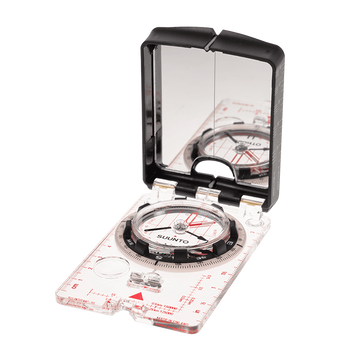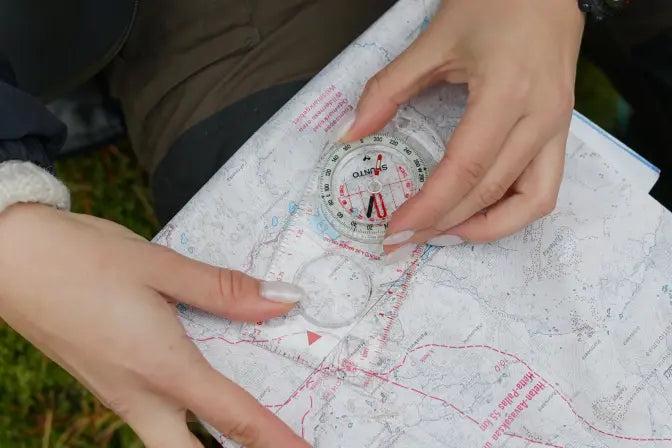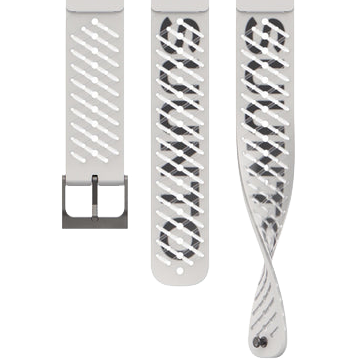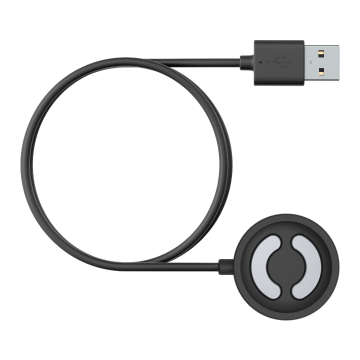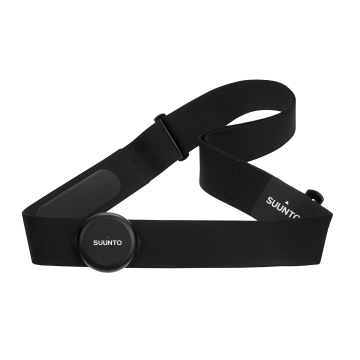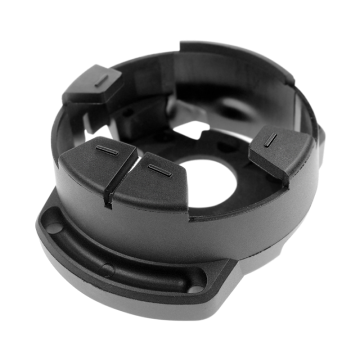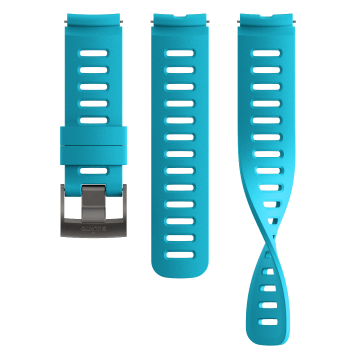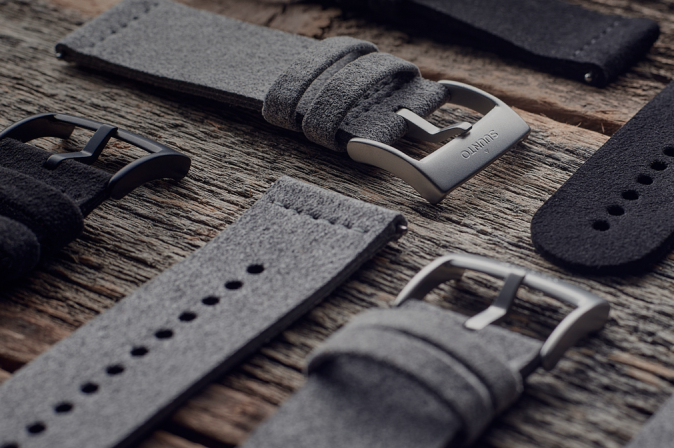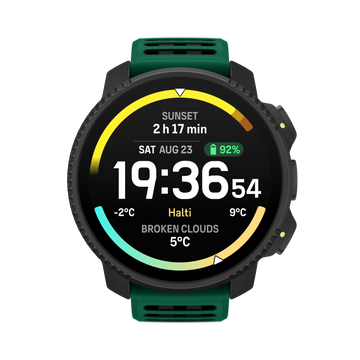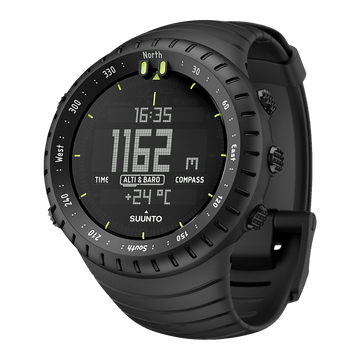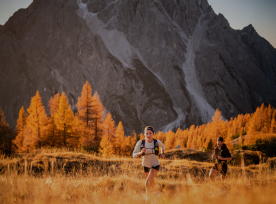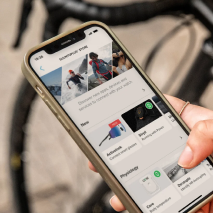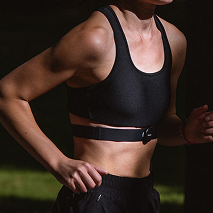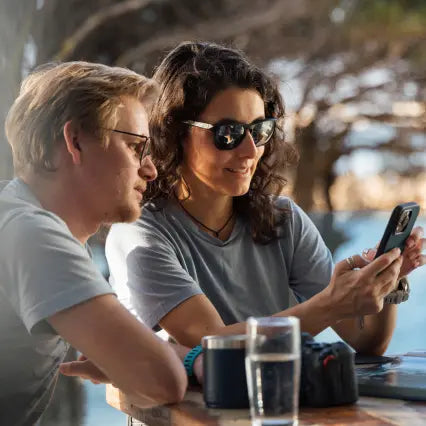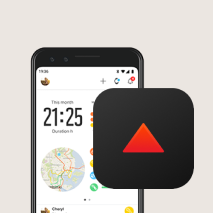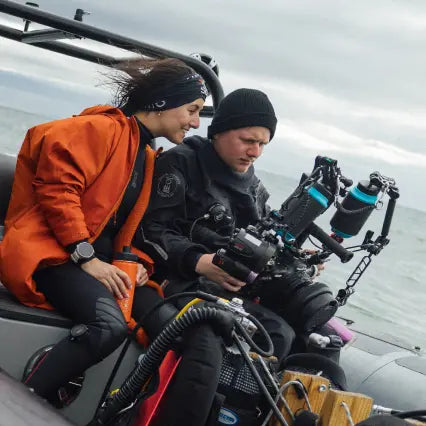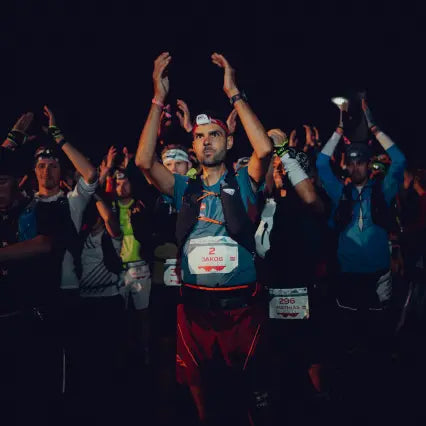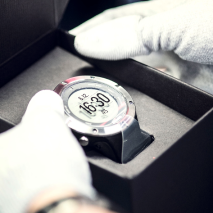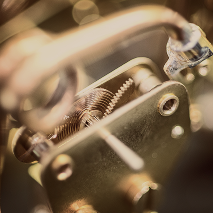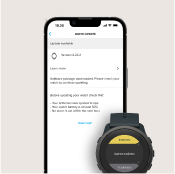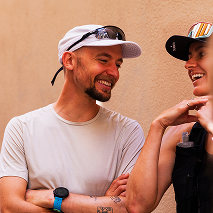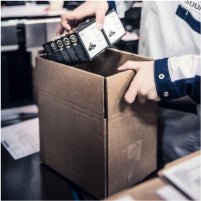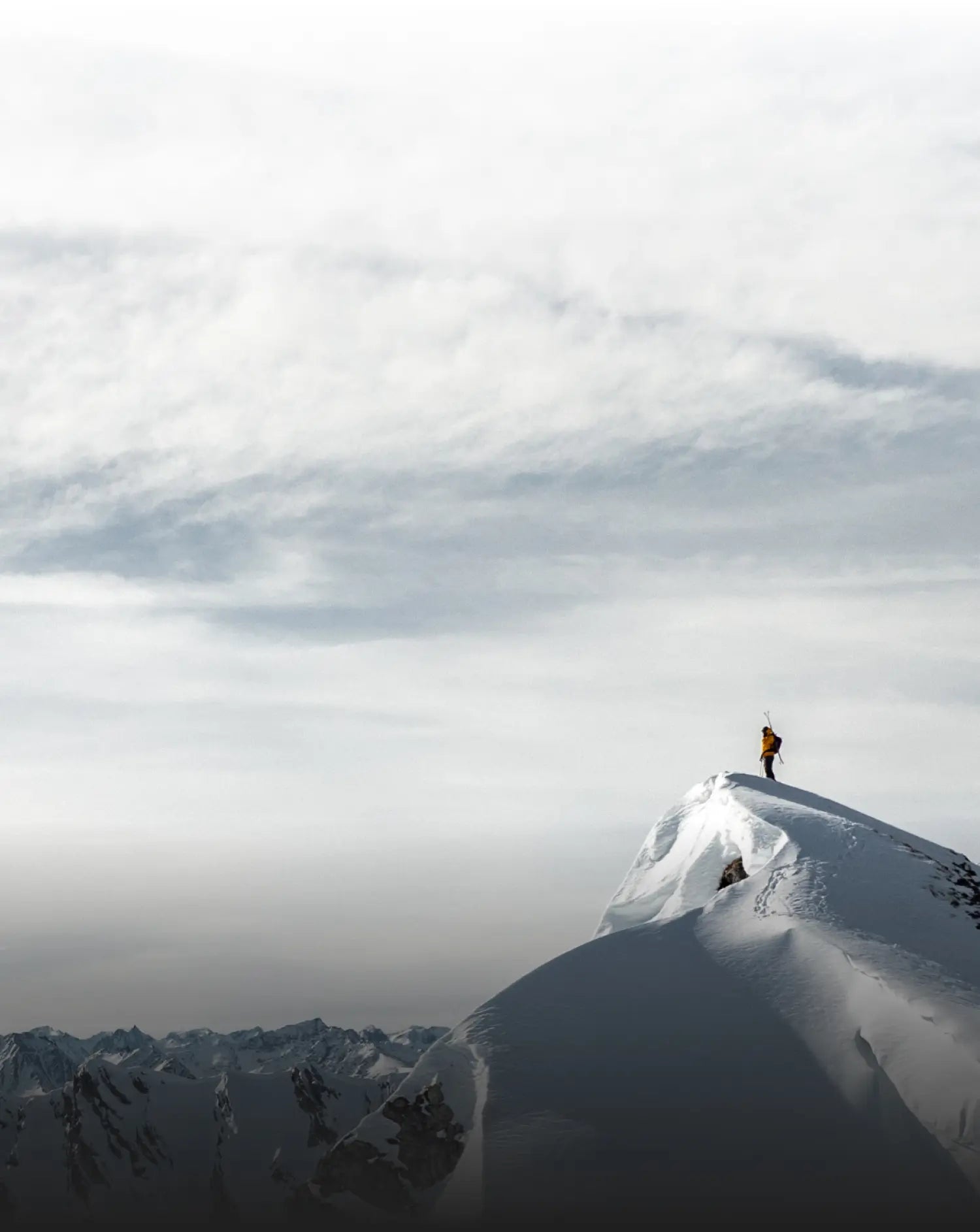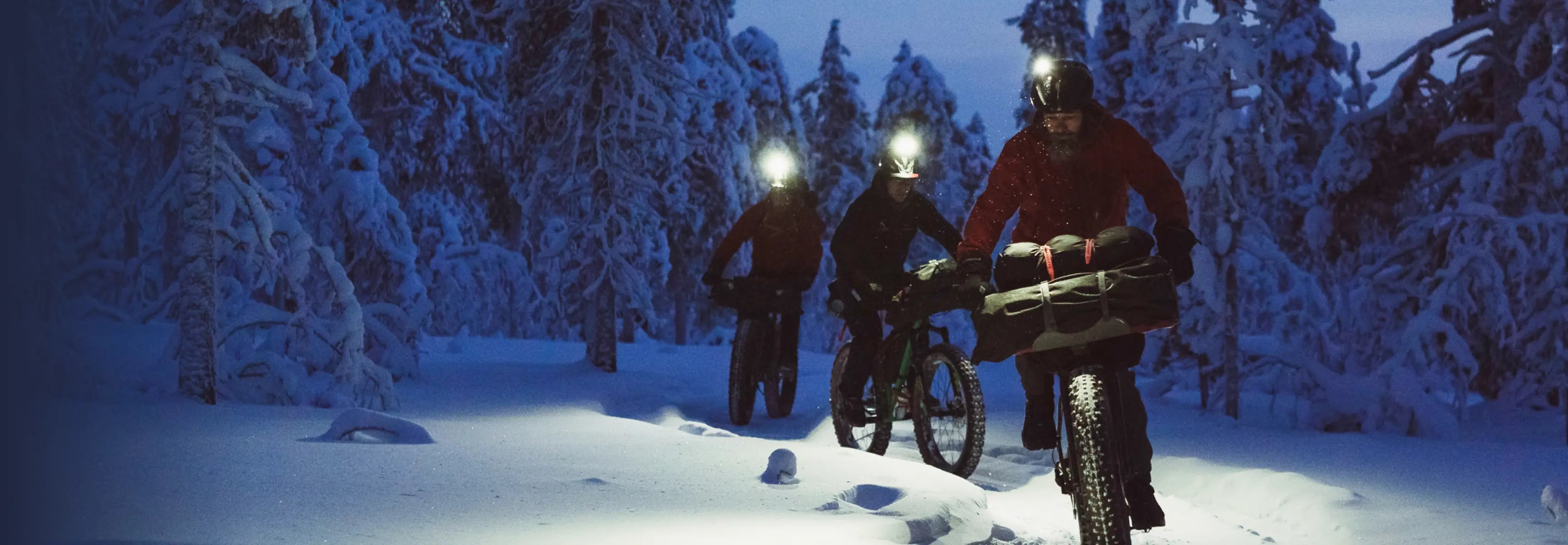
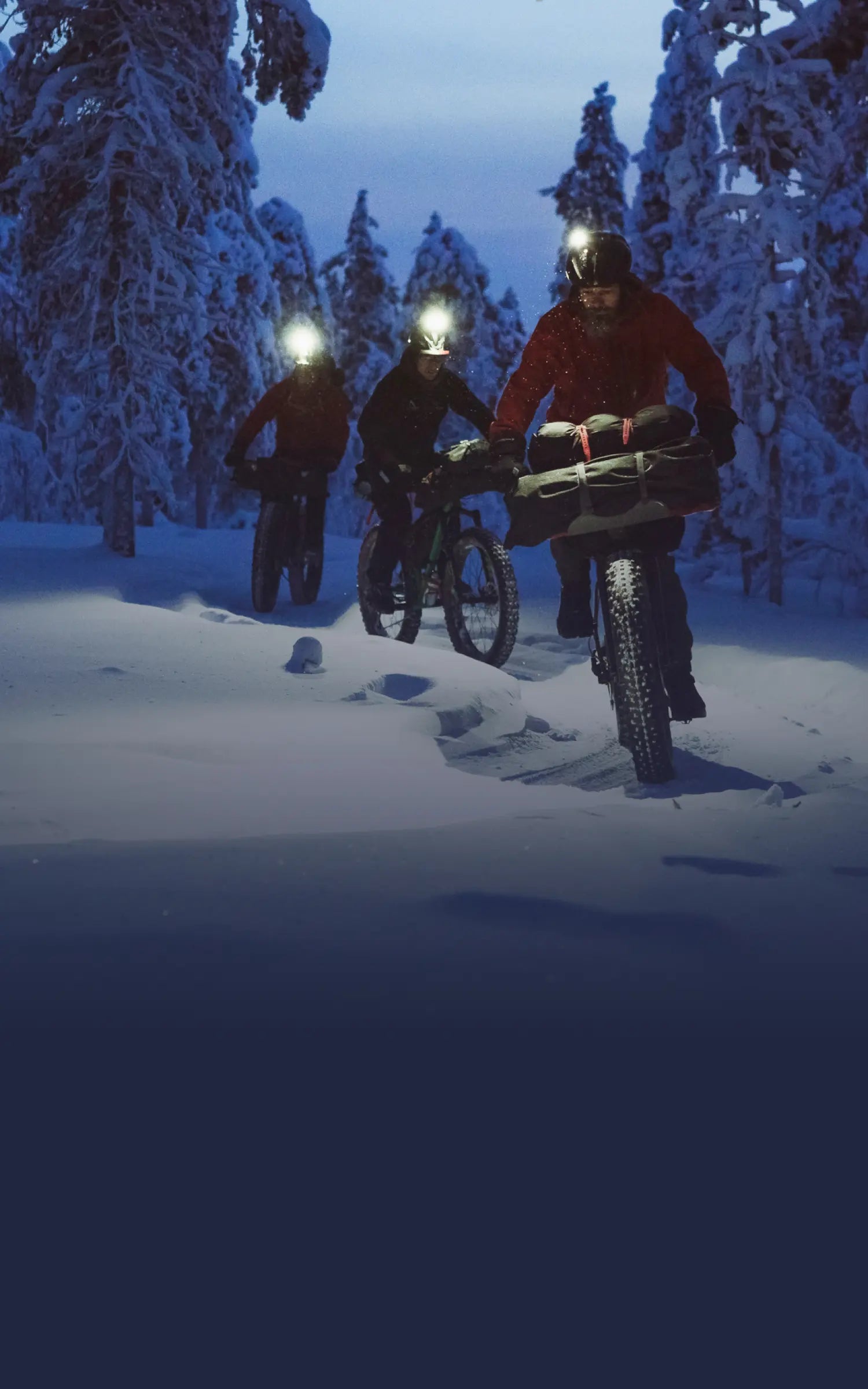
Suunto Blog

Diving in the abandoned Bell Island mine
It’s the Royal Canadian Geographical Society’s Expedition of the Year – the Bell Island Mine Dive. Suunto ambassador Jill Heinerth is part of the team exploring the vast and submerged mine system. Scroll down to learn more and to see images of this incredible dive site.
Canadian underwater explorer and technical diver Jill Heinerth is part of a team now exploring 100 km of long-abandoned mining passages beneath the seafloor of historic Bell Island, which lies off the coast of Newfoundland, Canada “The plan is to open this site for guided cave diving for experienced divers,” Jill says. “Ocean Quest Adventure Resort already boasts the ‘Truk of the North’ in terms of shipwrecks. Couple that with the mine, icebergs and humpback whales, and you have one of the finest diving destinations on the planet.”
“Shipwrecks, the mine, icebergs and humpback whales – one of the finest diving destinations on the planet.”
© Cas Dobbin 2016The plan for the expedition is to establish some primary guidelines for others to follow in the future and to get an idea of what was left in the mine when it was abandoned in 1966. So far, they have found everything from the remains of a miner’s lunch kit, an antique Pepsi Cola bottle, to large pumping equipment and pressure dampeners. “The walls of the mine also tell an important story; miners left behind basic graffiti on the walls such as columns of addition but also painted caricatures in lampblack and white crosses where their colleagues died. It all tells the anthropological story of mining.”
Click for more about Jill Heinerth
© Cas Dobbin 2016The expedition will also explore the island’s staunch local culture and WWII shipwrecks in its harbour. “The high-grade ore coming from the Bell Island mine was critical to shipbuilding during the war,” Jill says. “In 1942, a German U-Boat sunk four ore carriers and blew up the loading wharf on Bell Island. Seventy men died. The four shipwrecks are a part of this project and I will be back to document them in summer.” © Cas Dobbin 2016Engineers have helped the team assess and mitigate risks in the dry part of the mine. The hematite ore walls can collapse simply by leaning against them. Underwater, they have experienced whiteout conditions from inflowing meltwater. The remaining electrical supply line is an entanglement hazard. “We have to employ very prudent and conservative diving protocols to keep everyone safe and that means a big team topside to help in the logistics and safety.”
“It all tells the anthropological story of mining.”
The team includes some of the best technical divers in the world. Most are from Canada, and two others are from Britain and Germany. “The majority of the team is using rebreathers in order to lessen the impact of percolation from the ceiling and to increase warmth and comfort.”
Click for 7 off-season tips for divers
Fierce weather has created problems for the expedition. Blizzards, gales, floods and complete melts have each made things difficult. “The weather made travel across the Tickle to the island impossible on some days and on others we had a river of rushing meltwater flooding the infrastructure we had built for the project. It has not been easy, but we are learning about the forces of nature that will affect further exploration here.”
To follow news about the Bell Island Mine Dive expedition, click here.
Main image: © Cas Dobbin 2016

Win a diving trip to the Philippines and introduce your non-diving friend to the underwater world
As a diver you have probably seen some pretty amazing places. But have you been able to share your excitement with your non-diving friends? Explaining the experience certainly isn’t always easy. To overcome this you now have a chance to invite your friend, who is not yet familiar with diving, on a diving trip to the Philippines to explore the underwater world with you!
To get a chance to invite your friend on a diving trip post a picture of an unforgettable diving moment and tag your new-to-diving friend to the post. The winner of the contest will win a week-long trip for two to Atmosphere Resorts in the Philippines with flights included. The resort is beautifully situated on a beachfront location on the island of Negros Oriental near Dumaguete. Your friend will have a chance to participate on a four-day open water diving course at the resort.
Share a photo on Facebook or Instagram and tag it with your non-diving friend and #DiveWithMe and @suuntodive. The most inviting entry will be selected as the winner by Suunto and the Scuba Diver Girls. In addition to the main prize five Suunto Zoop Novo dive computers and PADI Open Water Touch e-learning packages will be raffled amongst all participants.
The contest period is March 17th – April 10th 2016.
See the full terms and conditions here
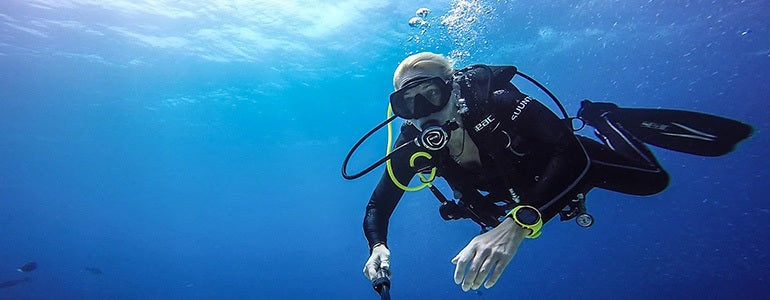
How to start diving
The famous Scuba Diving Girls Margo Sanchez and Stephanie Adamson are long-time champions of exploring the ocean. The Californians constantly share images and clips of themselves diving with playful seals, baby rays, turtles and sharks. Who better to ask how to start scuba diving?
© scubadivergirls.com
What do you say to someone thinking about diving for the first time?Just go for it. There is so much to see and experience with scuba diving. Don’t be afraid of all the gear, you will quickly get used to it and be empowered by it. There is really nothing that compares to this experience and you will not only love scuba diving, but also you will fall in love with a world unknown to you now.
“When you find a connection with the ocean and its inhabitants, it is a feeling you cannot ignore.”
What do you wish every newbie diver knew?
Have fun! Diving will bring so much joy to your life so remember to enjoy it. Make sure you find dive buddies who enjoy the experience and enhance your experience. It is important to follow your instincts and don’t let others intimidate you.
Click to see the new Suunto Zoop Novo Blue*!
© scubadivergirls.comWhat path do you recommend?Depending on your experience in the water, it may be good to try out scuba first. There is a class offered by most dive shops and independent instructors called Discover Scuba. This allows you to get in and get some instruction and try out the equipment before committing to a full certification class. But if you know you are ready, then it is time to sign up for an open water diving course.
“There’s nothing more memorizing than watching a shark glide by silently and unexpectedly or a seal who comes to pull on your fin as you frog kick your way through a kelp forest.”
What are the key steps to becoming a diver?
Finding a good instructor that you feel comfortable and safe with is the first step. Learn the skills and safety procedures during class and practice as often as possible. Even after you are certified, you should continue to practice the skills on a regular basis, as this will make you a better diver. Get as much time in the water as possible. Find buddies who are more advanced than you so that you can learn from their techniques. Don’t be lazy when it comes to your equipment care and maintenance. Your equipment is your lifeline.
© scubadivergirls.comWhat are the important things to remember? Safety should always be your first priority. It takes many dives before you are skilled enough to deal with the many issues you can experience under the surface. Understand your limits and never dive beyond these limits. If you want to do more advanced dives, take the classes to certify in that discipline first and even then be sure the diving is within your physical capabilities. When diving a new place find a local dive expert to guide you. Be sure you understand your gear. Diving should be super fun but always be sure safety is your primary focus.
*Suunto has just released the Zoop Novo Blue, a dive watch perfect for beginner divers or people seeking new adventures. Click here for more info about this simple to use dive computer.
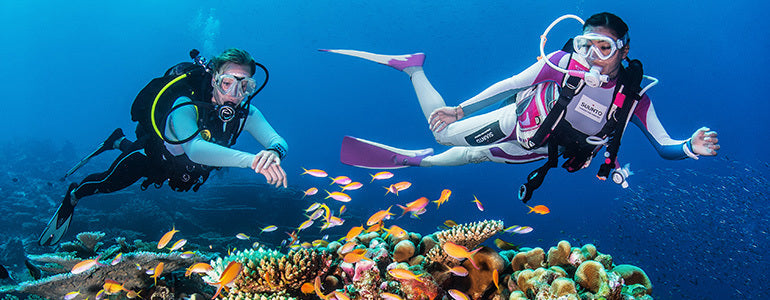
A pro diver’s essential tips for newbie divers
Teaching the joy of diving is Marco's passion. © atmosphereresorts.com
Diving isn’t an extreme sport
The classic newbie misunderstanding is thinking that diving is an extreme sport. Often they think it’s a very physical sport, but the opposite is true; diving is a very relaxed activity. Water is much denser than air, and that’s why we need to move slowly and be streamlined all the time. Once I taught a yoga teacher and after the dive she said, “being underwater is similar to a yoga class”.
Different strokes for different folks
Every person is different. One person, for example, needs much more time to get the buoyancy right, while another needs less (buoyancy is difficult in the beginning, but gets easier with practice). It’s important to be patient and to find an instructor you’re comfortable with so you can relax.
© Bo Mancao
Get in shape
You don’t need to train specifically to become a diver, but it’s helpful to be in good physical shape and a strong swimmer. Before you start your course, you need to sign a medical questionnaire to make sure you are fit to dive.
One step at a time
Don’t rush in and buy all the gear immediately. Give it time to make sure you really want to commit to diving. I highly recommend buying your own dive mask, however, because every face shape is different and it’s important to be comfortable. You can use it for snorkeling, too. If you decide diving is for you, then it makes sense to buy your personal dive gear. But go step by step.
© Bo Mancao
Follow the stars
Choosing the right dive center to learn at is important. It’s best to find a five star PADI center. Taking an online diving course is a great idea too so when you finish your studies online you can focus on the practical side of things.
Dive into open water
So, you’re 100% into diving! Time to complete an open water diving course! If you finish the theory online beforehand, an open water diving course can be completed in two to three days. With the theory included, it takes between three to four days. Don’t rush it. The instructor needs to make sure the students are ready. Following this is the advanced open water diver course.
Click to see the new Suunto Zoop Novo Blue*!
© Bo Mancao
Find a dive buddy
You should never dive alone. It’s safer and more fun to have a dive buddy, someone you trust, and whose equipment you’re familiar with. Diving is a very social activity so finding a buddy won’t be hard. You usually dive with someone you meet on a boat, at a resort, or in a dive shop. It’s important you speak about the dive and equipment before you take the plunge together.
Working with fear
Experiencing some level of fear is a very common experience for newbie divers. I was really afraid when I did my open water course. That’s when a good instructor can make all the difference. If the instructor is calm and gives the student time to adjust – because his or her brain is overloaded with new information – they usually work through it.
Marco won't be giving up his day job anytime soon. © atmosphereresorts.com
Keep diving!
Most people dive just for fun so they mainly dive when they’re on vacation. How often you dive depends on your personal goals, but diving once or twice every six months or year is a good idea so you avoid losing skills and familiarity.
*Suunto has just released the Zoop Novo Blue, a dive watch perfect for beginner divers or people seeking new adventures. Click here for more info about this simple to use dive computer.

BRAD HOLLAND TAKES OVER @SUUNTODIVE FOR A WEEK
Photographer and full-time traveller Brad Holland takes over and hosts Suunto’s @suuntodive Instagram account for a week starting today. Follow and enjoy Brad's photography!
“I am happiest when I don’t know what day it is, what time zone I am in or how long I’ll be there. Home is where my gear is... which stays in world tour status from the West Pacific to Mexico, the Middle East and Africa with work bases in Yap, Micronesia and Central America,” says the photographer who originally comes from Los Angeles, California.
Brad shoots a Canon 7D MkII and Ikelite Underwater Systems combination and favors his wide-angle lenses. His photographic missions include telling people about Yap, a small island state in the Pacific that nobody knows about, supporting local marine research and conservation projects as well as a volunteering on a typhoon disaster relief operation in the remote outer islands of Yap State. “Everything else falls under good times and living in the moment,” Brad declares.
Brad can be found leading photo dives at the Manta Ray Bay Resort, shooting the local culture in Yap or on travel adventure somewhere in the world throughout the year.
@bradlifestyle will be taking over @suuntodive Instagram account for a week starting April 5th.
Follow and enjoy Brad's photography!
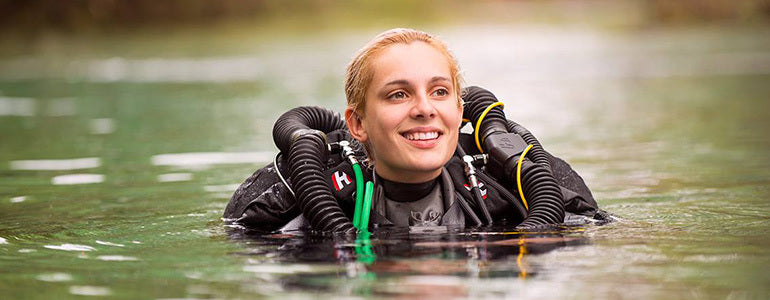
How to take your diving to the next level
So, you’ve been diving for a while now and have noticed that you’re itching for something new or more challenging – that’s a sign it’s time to take your diving to the next level. We talk to 25-year-old technical diver Gemma Smith – the first woman to dive the ancient Antikythera shipwreck – about how to step up your diving.
© Nina Baxa
Before Gemma Smith started diving when she was 17 she’d been into a number of extreme sports. “Then I discovered scuba diving, and that was that!” she says. We caught up with her a day before she set off on an intense three months of diving, including cave diving in Florida, mine diving in Newfoundland and shark diving in the Bahamas. Here are her 7 pointers for how to take your diving to the next level.
It’s not just about depth or difficulty
Even though I'm known as a technical and re-breather diver some of my best dives have been on a single tank and in 10 m of water! Diving with silversides in Grand Cayman was truly out of this world, yet I never went below a few meters. Having said that, cave diving is where my heart is. When you're on a re-breather 2 km into a cave, gliding along on a DPV (diver propulsion vehicle), I'm not sure anything can top that.
“Some of my best dives have been on a single tank and in 10 m of water!”
Build your motivation
One of the things I like most about diving is there’s always something new you can challenge yourself with. As long as you have the motivation and dedication to pursue different avenues and try new things, you'll never get bored and never feel like you're not improving.
© Nina Baxa
Patience and hard work are mandatory
The first thing to remember is to be patient. Taking your diving to the next level won't come quickly, it won't be easy, but it will totally be worth it. You've got to be prepared to give up a lot, and to work hard.
© J. Dan Wright
It’s all about the people
You will also need to make the effort to meet people. The diving world is really small, and – especially with the expedition scene – it helps if you know the guys involved. You need to try to stand out, and that requires effort. Spend the money and train with the best people out there. I've trained with some truly amazing instructors; Martin Robson, Rich Walker, Paul Toomer, Ian France. The things I learned from them have allowed me to take my diving to the next level.
“Spend the money and go to train with the best people out there.”
Change in outlook
Changing how you see your diving is really important if you want to take it further. I love my diving, and I'm so glad I've chosen it as my career, but nonetheless it's my job, and I treat it as such. I don't see it as my hobby.
© J. Dan Wright
Make an investment
You also need to realise that if you want to advance your diving it will require a big investment, both financially and in terms of time. I always compare it to university. I chose not to go, but I've invested the same time and money in diving. You need that mind-set I think if you want to succeed.
“I always compare it to university. I've invested the same time and money in diving.”
Practice, practice, practice
Practice. On every single dive you need to practice skills, preferably two. So many people do courses, and then never practice any of the skills they learned. Have fun, enjoy it, but take it seriously. It's the only way to improve.© J. Dan Wright
